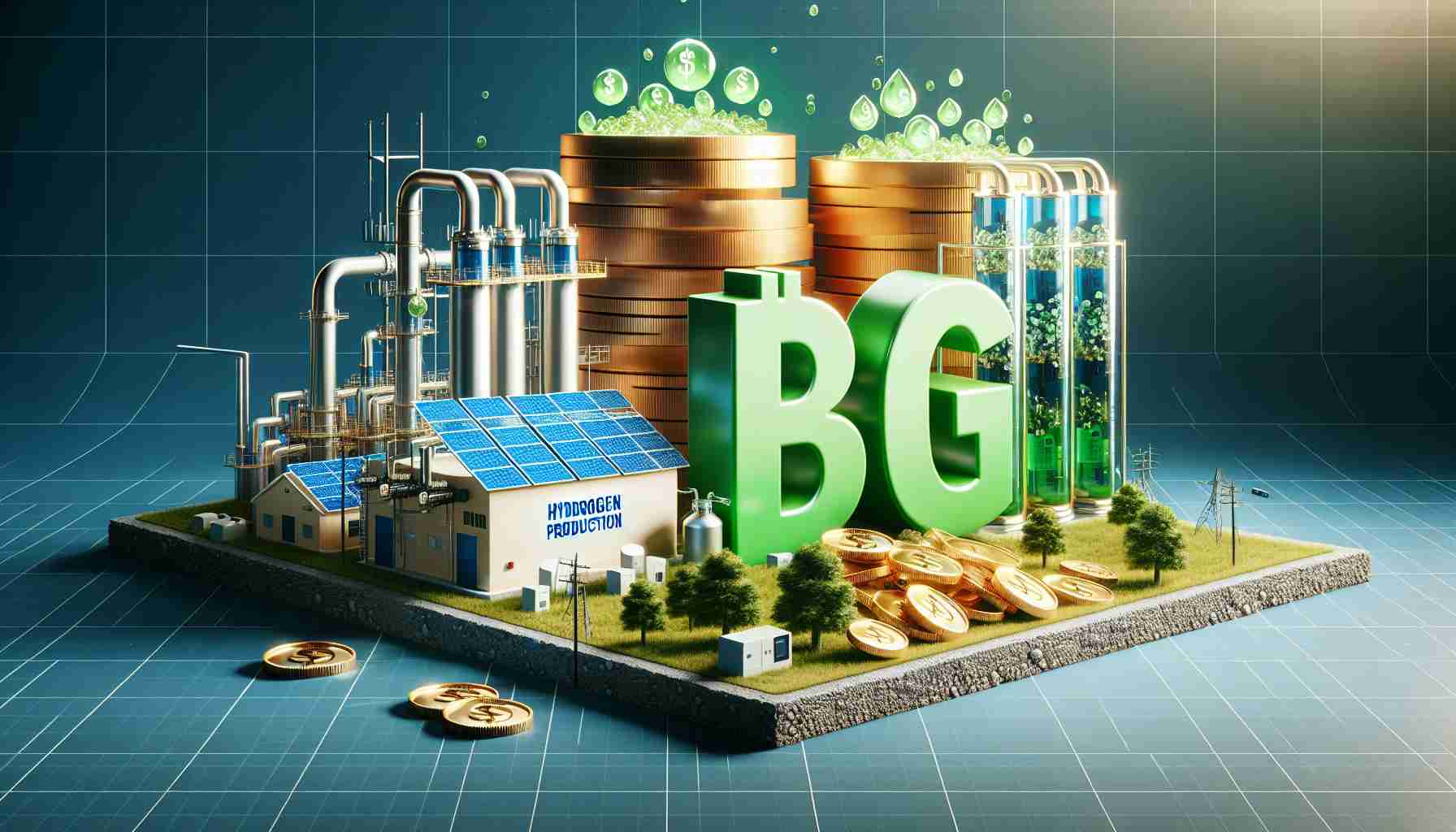Eternal Power Secures Major Non-Binding Offtake Agreement
In a remarkable move signaling strong interest in green hydrogen, Eternal Power has revealed a non-binding offtake agreement worth €2.3 billion ($2.4 billion). The company’s Managing Director noted that this deal sets a noteworthy benchmark, emphasizing its importance over typical Memorandums of Understanding (MOUs) in the energy sector.
Last year, Eternal Power made headlines by announcing plans to supply hydrogen to an undisclosed major client in Germany. This ambitious project, centered in Dummerstorf, is projected to commence operations by the year 2028. Once fully operational, the facility aims to produce an impressive 9,000 tonnes of hydrogen annually.
As global demand for renewable energy sources continues to surge, the significance of this agreement cannot be overstated. Eternal Power is positioning itself as a key player in the hydrogen market, promising substantial contributions to the renewable energy landscape.
With this substantial agreement in place, industry experts are keenly watching the progress of Eternal Power’s production plans. The anticipated development reflects a broader shift towards sustainable energy and the increasing role of hydrogen in achieving climate goals. The future of energy appears bright, and the commitment shown by Eternal Power is a critical step in advancing the hydrogen economy.
Implications of the Green Hydrogen Movement
The burgeoning interest in green hydrogen, as exemplified by Eternal Power’s groundbreaking agreement, represents a pivotal shift not just for the energy sector but for society at large. The implications extend beyond immediate financial interests, potentially reshaping the global economy. Countries striving for energy independence are increasingly investing in hydrogen infrastructure, which could revitalize local job markets and spur innovation in technology and engineering sectors.
Culturally, the transition to green hydrogen symbolizes a collective commitment to sustainability. As awareness grows around climate change, social movements advocating for renewable energy gain traction, influencing consumer behavior and public policy. This cultural shift promotes a more conscientious society that prioritizes sustainable living practices and demands transparency in corporate environmental impact.
From an environmental perspective, green hydrogen is touted as a clean alternative to fossil fuels, with the potential to significantly reduce greenhouse gas emissions. However, the extraction and production processes must be carefully managed to avoid unintended ecological consequences, such as water resource depletion or ecosystem disruption.
Looking ahead, trends indicate that the hydrogen economy will continue to expand, with forecasts suggesting a significant increase in global hydrogen demand in the coming decades. The long-term significance of initiatives like Eternal Power’s agreement cannot be understated; they lay the groundwork for an energy landscape that could dramatically decrease reliance on carbon-intensive sources, supporting a more sustainable and resilient global economy.
Powering the Future: Eternal Power’s Groundbreaking Offtake Agreement
Overview of the Agreement
Eternal Power has secured a significant non-binding offtake agreement valued at €2.3 billion ($2.4 billion), highlighting the growing interest and investment in the green hydrogen sector. This agreement stands out as it goes beyond conventional Memorandums of Understanding (MOUs), showcasing a serious commitment to the future of renewable energy solutions.
Key Features of the Hydrogen Project
– Location and Production Capacity: The project will take place in Dummerstorf, Germany, with a planned annual production of 9,000 tonnes of hydrogen, slated to begin operations by 2028.
– Client Base: Although the major client for this hydrogen supply has not been identified, the confidence in securing such a contract is indicative of the increasing demand for sustainable energy sources.
Market Trends and Insights
As global awareness of climate change grows, renewable energy solutions like green hydrogen are becoming increasingly essential. The global hydrogen market is projected to reach approximately $200 billion by 2025, highlighting the significant growth opportunities in this sector.
Pros and Cons of Green Hydrogen
Pros:
– Sustainability: Green hydrogen production utilizes renewable energy sources, contributing to reduced carbon emissions.
– Energy Storage Solution: Hydrogen can be stored and transported, thus acting as a flexible energy storage option to balance supply and demand.
Cons:
– High Production Costs: The current costs associated with producing green hydrogen can be significantly higher than fossil fuels.
– Infrastructure Challenges: Existing infrastructures may need substantial upgrades to accommodate hydrogen distribution and usage effectively.
Innovations and Future Predictions
With Eternal Power leading the charge, innovation in hydrogen production technologies is expected to accelerate. Companies are investing in electrolysis advancements and carbon capture technologies to enhance efficiency, thus reducing costs. Experts predict that by 2030, hydrogen could meet up to 14% of global energy needs, particularly in industrial applications and transport.
Security and Sustainability Aspects
The emphasis on a non-binding offtake agreement reinforces the careful approach to risk management in the energy sector. Eternal Power’s strategy not only addresses the need for sustainable energy production but also ensures a steady supply chain for future hydrogen deliveries.
Conclusion
Eternal Power’s €2.3 billion non-binding offtake agreement marks a significant milestone in the green hydrogen industry, pointing to robust growth and innovation opportunities. As the demand for renewable energy options escalates, the hydrogen economy is anticipated to play a key role in global efforts to combat climate change and transition towards more sustainable energy practices.
For more information on innovations in the energy sector, visit Energy.gov.

